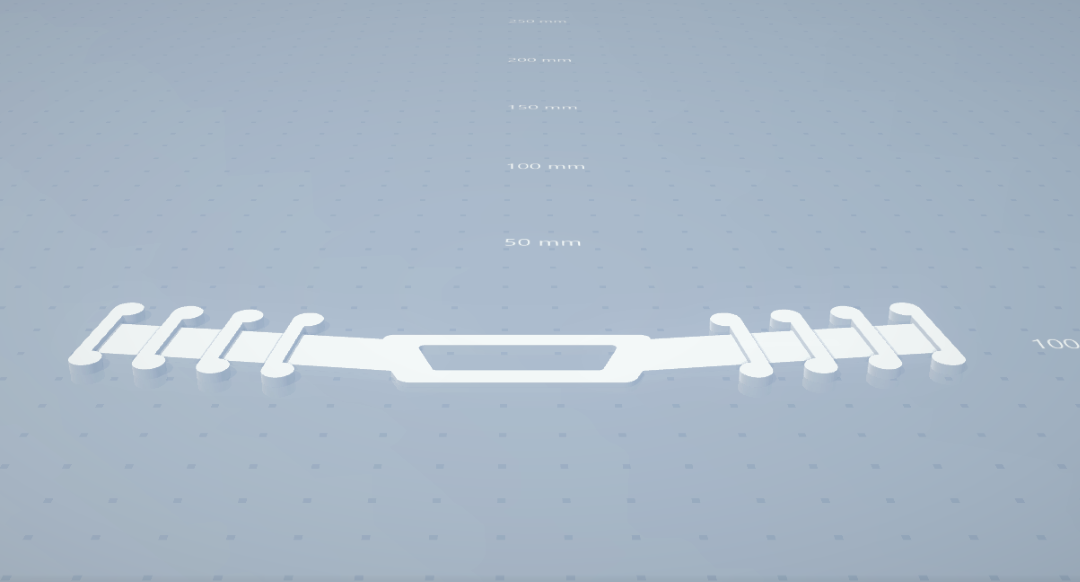Open innovation is about harnessing the power of many ideas from disparate minds
Don’t underestimate the disrupters

The late business consultant and Harvard professor, Clayton Christensen, author of The Innovator’s Dilemma, noted that smart business management and innovation are often in opposition to one another:
Smart companies fail because they do everything right. They cater to high-profit-margin customers and ignore the low end of the market, where disruptive innovations emerge from.
When we think of innovation on a large scale, property rights and patents are usually included in the discussion. “Open innovation” is different. The Electronic Frontier Foundation has this to say about open innovation:
Open innovation belies the idea that monopoly-based markets guide the best research decisions. Of course, research requires resources and skilled scientists. But a monopoly on the insights and innovations that research produces is far from the only way or the best way to encourage work that will improve—and even save—lives.
Open innovation is about harnessing the power of many ideas from disparate minds. It suggests that no organization can innovate effectively entirely on its own—there are too many variables, too much distributed knowledge, and too few resources to fully develop every idea.
I was reminded of the power of open innovation, and how disruptive innovation emerges from outliers, when I read about Quinn Callander in our Civil Squared newsletter this week.
Quinn, a 12 year old Canadian Scout, recently showed the power of open innovation on a small scale by adapting a design he found on the open-source 3D printing community, Thingiverse. Quinn created a 3D printable plastic strap that allows medical workers to wear facemasks longer and more comfortably. Quinn then made his improved design available for anyone. Now, people all over the world are downloading and printing Quinn’s “Ear Savers” mask strap for their local healthcare workers.
“Ear Savers” and their counterparts make healthcare workers’ days wearing personal protective equipment a little more comfortable. This minor change in existing equipment didn’t come from the N95 mask companies, the FDA, or the CDC. Instead, it was the bright idea of one kid who saw a way to make a few lives better through the power of open, disruptive innovation.
During the COVID-19 crisis, we’ve seen many occasions where removing barriers to entry has sparked innovation and improved responsiveness. It’s a good reminder that improvements in our lives regularly come not from centralized planning and committees, but from millions of tiny but brilliant “ah-ha” moments repeated time and time again by individuals who see an opportunity to make life a little better.
Image Credit: Surgical Mask Strap Remix by Suraky. Have a 3D printer? Access the open-source design here.